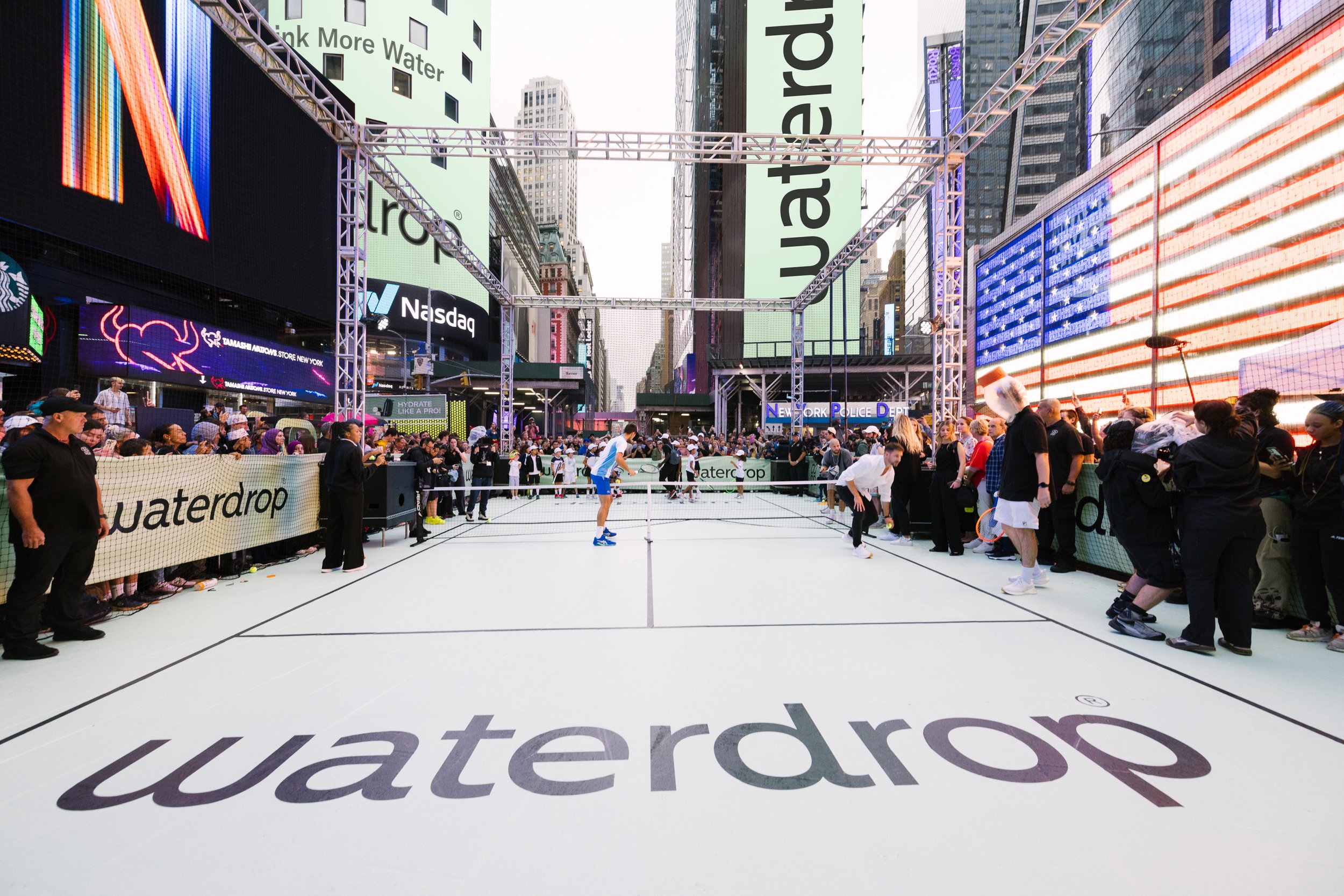Selecting the Ideal Dot Pitch for Maximum LED Wall Efficiency
Selecting the Ideal Dot Pitch for Maximum LED Wall Efficiency
Blog Article

When it pertains to LED walls, one of the important elements to consider is pixel pitch. Dot pitch is defined as the distance between the centers of two neighboring pixels on an light-emitting diode display. This measurement is usually expressed in mm. Grasping pixel pitch is essential because it directly affects the clarity and definition of the images displayed. A smaller pixel pitch indicates that the pixels are nearer together, leading to a higher resolution, while a larger pixel pitch yields in a diminished resolution. Thus, selecting the right pixel pitch is essential for achieving optimal LED wall functionality.
The selection of pixel pitch frequently depends on the viewing distance. For example, if the light-emitting diode wall is meant to be seen from a further away, a bigger pixel pitch may be suitable. This is because the human eye cannot easily discern individual pixels when they are more distant away. On the contrary hand, if the wall will be observed up close, a reduced pixel pitch is needed. In situations such as inside events, where attendees are typically closer to the screen, a smaller pixel pitch will provide a sharper and more distinct image. Hence, understanding how sight distance affects pixel pitch is key to making an informed decision.
Another important consideration is the planned use of the light-emitting diode wall. Various applications, such as advertising, concerts, or conference presentations, may necessitate varied pixel pitches. For example, an LED wall used for advertising in a shopping mall may benefit from a pixel pitch that allows for vibrant colors and elevated detail so that it grabs the attention of passing shoppers. Conversely, an outdoor LED wall used at a concert may focus on brightness and visibility rather than resolution, allowing for a larger pixel pitch. Therefore, the particular context in which an LED wall will be used is crucial for establishing the appropriate pixel pitch.
Cost is also a significant consideration when choosing pixel pitch. Generally, LED displays with smaller pixel pitches often to be more costly due to the higher density of pixels and the advanced technology needed for manufacturing. While it may be enticing to choose a high-resolution display with a small pixel pitch, financial constraints frequently necessitate a balance between quality and price. Organizations should assess their needs and decide how much they are custom color led walls willing to spend in an light-emitting diode wall, ensuring that the pixel pitch aligns with their financial capabilities while still satisfying performance expectations.
Finally, it is crucial to take into account the maintenance and longevity of the light-emitting diode wall when choosing pixel pitch. Displays with smaller pixel pitches can sometimes be more delicate and may need more meticulous handling and maintenance. Regular maintenance is necessary to ensure that the display functions optimally over time. Knowing the maintenance requirements and potential challenges associated with varied pixel pitches can help organizations make a more knowledgeable choice. By considering all these elements, including sight distance, intended use, cost, and maintenance, one can select the perfect pixel pitch for peak LED wall performance.